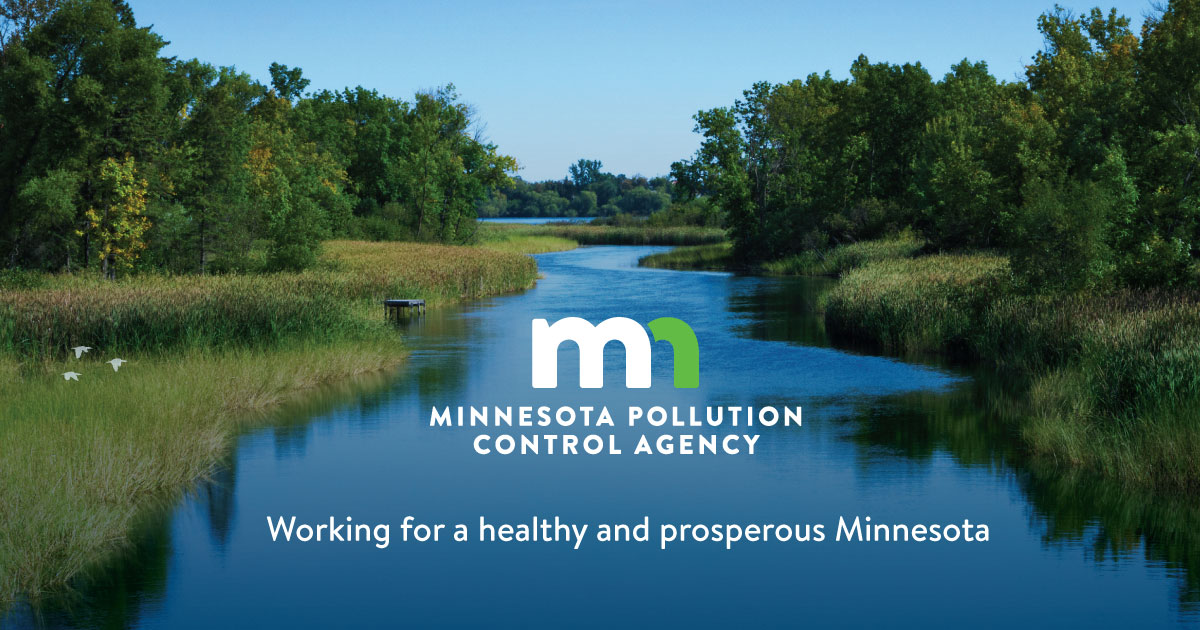Report on Air Quality Alert in Minnesota and Implications for Sustainable Development Goals
Official Alert Status
The Minnesota Pollution Control Agency (MPCA) has issued a comprehensive air quality alert for the entire state of Minnesota. The alert is effective from 9 a.m. Sunday through 9 a.m. Tuesday. Air quality is projected to decline to the red Air Quality Index (AQI) level, a category deemed unhealthy for the general population. The primary cause is smoke originating from extensive wildfires across central Saskatchewan and Manitoba, Canada. The smoke plume is expected to enter western Minnesota on Sunday morning, spreading eastward throughout the day and persisting until Tuesday.
Public Health Impacts and Alignment with SDG 3
This environmental event poses a direct threat to public health, challenging the progress toward Sustainable Development Goal 3: Good Health and Well-being. Authorities warn that fine smoke particles can be inhaled deep into the lungs and subsequently enter the bloodstream. This exposure can lead to severe health complications, undermining community health and safety.
- Direct Health Risks: The pollutants can trigger or exacerbate a range of conditions, including bronchitis, asthma attacks, heart palpitations, strokes, and heart attacks.
- Vulnerable Populations: While the air quality is considered unhealthy for everyone, the risks are significantly higher for individuals with pre-existing respiratory or cardiovascular conditions, children, and the elderly.
Connection to Broader Sustainable Development Goals
The recurring nature of such air quality alerts highlights critical interdependencies between environmental stability and sustainable development, touching upon several key SDGs.
- SDG 11 (Sustainable Cities and Communities): Persistent poor air quality compromises the goal of creating safe, resilient, and sustainable urban and rural environments for all residents.
- SDG 13 (Climate Action): The wildfires generating the smoke are symptomatic of broader climate change impacts, which increase the frequency and intensity of such natural disasters. This event underscores the urgent need for global climate action to mitigate these effects.
- SDG 15 (Life on Land): The source of the pollution—widespread wildfires—represents a significant degradation of terrestrial ecosystems and forests, directly opposing the objectives of protecting biodiversity and combating desertification.
Official Recommendations and Public Guidance
In response to the health risks, the MPCA has issued specific guidance to the public to minimize exposure and protect well-being, in line with the precautionary principles of public health management.
- Residents are strongly encouraged to avoid or limit strenuous outdoor physical activities.
- Staying indoors is recommended to reduce exposure to harmful particulate matter.
- Individuals experiencing severe symptoms, such as difficulty breathing or chest pain, should contact emergency services immediately.
1. Which SDGs are addressed or connected to the issues highlighted in the article?
-
SDG 3: Good Health and Well-being
- The article directly connects to SDG 3 by focusing on the health impacts of poor air quality. It explicitly states that smoke particles “can cause a range of significant health issues, including bronchitis, stroke, heart palpitations, asthma attacks, heart attacks, and other problems.” The issuance of a health advisory encouraging people to “avoid or limit outdoor physical activities” further reinforces this link.
-
SDG 11: Sustainable Cities and Communities
- The article relates to SDG 11 as it discusses a widespread environmental problem affecting the quality of life and safety within communities across “all of Minnesota.” The air quality alert issued by the Minneapolis Pollution Control Agency (MPCA) is a measure to protect the inhabitants of these communities from environmental hazards.
-
SDG 13: Climate Action
- While not explicitly mentioned, the article’s subject—smoke from large-scale wildfires—is intrinsically linked to climate change, which exacerbates the frequency and intensity of such events. The air quality alert is a response to a climate-related hazard, connecting the issue to the need for climate adaptation and resilience.
-
SDG 15: Life on Land
- The root cause of the air pollution discussed is “wildfires across central Saskatchewan and Manitoba.” Wildfires are a major driver of forest degradation and loss of biodiversity, directly impacting the health of terrestrial ecosystems, which is the core focus of SDG 15.
2. What specific targets under those SDGs can be identified based on the article’s content?
-
Target 3.9: Substantially reduce deaths and illnesses from pollution
- This target aims to “substantially reduce the number of deaths and illnesses from hazardous chemicals and air, water and soil pollution and contamination.” The article’s warning that smoke particles can lead to “bronchitis, stroke, heart palpitations, asthma attacks, heart attacks” directly addresses the “illnesses from… air… pollution” component of this target.
-
Target 11.6: Reduce the environmental impact of cities
- This target seeks to “reduce the adverse per capita environmental impact of cities, including by paying special attention to air quality.” The article is entirely focused on an air quality crisis, with the MPCA issuing an alert because the “air quality is expected to reach the red level in the AQI category, which is unhealthy for everyone.” This highlights a direct challenge to maintaining safe urban and community environments.
-
Target 13.1: Strengthen resilience to climate-related disasters
- This target is about strengthening “resilience and adaptive capacity to climate-related hazards and natural disasters.” The wildfire smoke is a climate-related hazard, and the issuance of an “air quality alert” by a government agency (MPCA) is a clear example of an adaptive measure designed to protect the population from its effects.
3. Are there any indicators mentioned or implied in the article that can be used to measure progress towards the identified targets?
-
Indicator 11.6.2: Annual mean levels of fine particulate matter (PM2.5)
- The article mentions that the “air quality is expected to reach the red level in the AQI category.” The Air Quality Index (AQI) is a direct measurement of air pollutants, including the fine particulate matter (PM2.5) that the indicator tracks. The article’s reference to “small smoke particles” that “can be breathed deeply into the lungs” specifically refers to this type of pollution.
-
Indicator 3.9.1: Mortality rate attributed to household and ambient air pollution
- While the article does not provide specific statistics, it strongly implies this indicator by warning that the health issues caused by the smoke—such as “stroke, heart palpitations, asthma attacks, heart attacks”—can be severe and potentially fatal. The advice to “call emergency services immediately” for severe symptoms underscores the risk of mortality and morbidity associated with the air pollution event.
-
Indicator 13.1.2: Number of countries and local governments that have adopted and implemented local disaster risk reduction strategies
- The article provides evidence of such a strategy in action. The fact that the “Minneapolis Pollution Control Agency (MPCA) issued an air quality alert for all of Minnesota” demonstrates a functioning local disaster risk reduction plan designed to inform and protect citizens from the specific hazard of air pollution from wildfires.
4. Table of SDGs, Targets, and Indicators
| SDGs | Targets | Indicators Identified in Article |
|---|---|---|
| SDG 3: Good Health and Well-being | Target 3.9: By 2030, substantially reduce the number of deaths and illnesses from hazardous chemicals and air, water and soil pollution and contamination. | Implied Indicator 3.9.1: The article points to the risk of illnesses and deaths from air pollution by listing severe health effects like “stroke, heart palpitations, asthma attacks, heart attacks.” |
| SDG 11: Sustainable Cities and Communities | Target 11.6: By 2030, reduce the adverse per capita environmental impact of cities, including by paying special attention to air quality. | Indicator 11.6.2: The article mentions the Air Quality Index (AQI) reaching the “red level,” which is a direct measure of fine particulate matter in the air. |
| SDG 13: Climate Action | Target 13.1: Strengthen resilience and adaptive capacity to climate-related hazards and natural disasters in all countries. | Implied Indicator 13.1.2: The issuance of an “air quality alert” by the MPCA for the entire state demonstrates a local disaster risk reduction strategy in practice. |
| SDG 15: Life on Land | N/A (Target not directly detailed in article’s scope) | The article identifies the source of the problem as “wildfires across central Saskatchewan and Manitoba,” which relates to indicators tracking land degradation and forest loss. |
Source: kare11.com







